45 F. high on Saturday in the Twin Cities.
63 F. average high for October 6.
83 F. high on October 6, 2011.
Flurries spotted across parts of the Twin Cities metro Saturday (but not officially at MSP International).
65-70 F. highs possible Monday in the metro area.
Marathon Weather Details:
8 am: 27 F. Southwest 7. Sunny skies.
10 am: 37 F. Southwest 8.
Noon: 47 F. Southwest 11.
2 pm: 53 F. West/southwest 15. Blue sky.
Photo credit above:
bringmethenews.com.
Predicted 8 am Temperatures. Here is the
high-resolution NCEP RAP forecast, valid 8 am, showing temperatures in
the upper 20s in the metro. Ironically it'll be 3-5 degrees warmer over
far northern Minnesota.
Marathon Details: Cheer on this year's marathon runners! More details on the Medtronic Twin Cities Marathon can be found
here.
Hints Of A Stormier Pattern? TV news directors and
(bored) meteorologists over the eastern half of the USA are secretly
praying for a negative phase of the NAO, the North American Oscillation.
Such a blocking pattern tends to favor significant storms, rain and
snow, especially over the eastern USA.
NOAA's NAO prediction page
shows a potentially strong negative shift to the NAO by mid-October.
We're due for a shift in the pattern. We'll need it to pull moisture
from the Gulf of Mexico into Minnesota and Wisconsin.
Total Precipitation Thru Tuesday, 1 am. The 4 km.
NAM model is printing out significant rain (and heavy wet snow) over
Ontario as the next clipper approaches. Note the lake-effect bands
setting up over Lake Michigan; another sign of the advancing seasons.
So Long Ragweed? It's been a miserable allergy
season, the result of super-sized ragweed plants, drought and gusty
winds kicking up dust, pollen and assorted junk into the air. If you
(somehow) missed a freeze this morning, there's another chance for a
ragweed-killing freeze Friday morning. Tomorrow should be the mildest
day of the week, the NAM consistently boosting the mercury close to 70.
Tuesday will be nearly 20 degrees colder.
A Sloppy Saturday? I had a hunch it was too good to
be true. The latest models downplay the amount of rain expected to reach
our lofty latitude - as I feared, the heaviest, steadiest rains passing
just to our south and east over Iowa, Illinois and southern Wisconsin. A
period of light rain is still expected Saturday; the best chance of
puddles south of MSP. ECWMF forecast valid 1 pm Saturday courtesy of
WSI.
Plowable Snowfall For New England? Here is the 192
hour total snowfall product from GFS, valid thru next Sunday at 1 pm,
showing some 2-4" snowfall amounts from Syracuse and Binghampton into
coastal Maine. The northern suburbs of Boston could even wind up with an
inch or two. A series of clippers may drop a coating to about 1" over
the northern third of snow. It's too early for this. The reality? We
were hopelessly spoiled last winter. Even if we see an average winter
this year it'll feel unusually harsh.
Tuesday Flakes? I'm a bit dubious, but a couple
models print out snow flurries by Tuesday in the metro as the next
vigorous Alberta Clipper comes blasting across the state. It's still a
little early to wash and wax your snowmobile or dig out the snow shoes.
Give it a month or so. Graph above courtesy of Iowa State.
95% of the world's lakes are warming, in some cases
twice as fast as air temperatures. National Geographic has details and
links below. Sunrise photo over Duluth courtesy of Alison Gimpel.
"...
Rather than debate the science of climate change, Byck
explores common ground on energy issues. For example, he claims that
Americans agree on issues like solar and wind energy. According to
Byck, 70 percent of Americans claim to love solar energy and 90 percent
of Americans like wind energy. Most US citizens also claimed to like
geothermal and energy efficiency." - excerpt from a story on engaging climate deniers at theenergycolletive.com; details below.
What A Difference A Year Makes. Trite, cliche?
Absolutely, but I'm not above that. Nearly 45% of Minnesota is
experiencing severe drought (including the northern suburbs). A year ago
only 4.58% of Minnesota was in a severe drought. According to the
U.S. Drought Monitor
100% of the state is now "abnormally dry". The concern: if we don't get
significant rain in the coming weeks, before the ground freezes up
solid, we may run a soil moisture deficit into 2013, putting Minnesota's
farmers behind the curve. Pray for rain.
Low Lake Water Levels. You've seen the
(remarkable) photos from White Bear Lake, but lake water levels are down
statewide. Lake Minnesota is down at least 15" from normal, but closer
to 2 to 2.5 feet from the high water mark in 2011, according to the
LMCD, the Lake Minnetonka Conservation District.
It's Snowing In Minnesota! Yes, October Is Early For That.
Oh dear, I'm afraid Thursday's snow blitz has reinforced all those
(old, tired) cliches about Minnesota's winters. "14" in early October?
Dear God, how do people live up there?" Quite well, thank you very much.
But let's celebrate the venerable
New York Times for keeping our population under control by printing this article; here's an excerpt: "
Patrick
Slattery, a spokesman for the National Weather Service, said that
given the abrupt temperature shift — autumn crispness to freezing cold —
even more snow than the accumulated amount may have fallen, but the
rest had quickly evaporated. “Some of the snow depths were affected by
the warmth of the ground, so it melted pretty quickly,” Mr. Slattery
said. The snowfall was expected to only modestly ease the drought
conditions that have existed for months throughout much of the country.
Rains, however, did help quell wildfires in northwestern Minnesota,
officials said, including near Karlstad, where fire destroyed 11 homes
this week. National Weather Service meteorologists say
snowfall will be above normal this winter in an arc of the country
stretching from Minnesota to New York."
* say what? I'm still trying to track down a basis for that last sentence. A snowy arc?
Photo credit above: "
Bemidji State University junior
Karley Terwey walks to class Thursday, Oct. 4, 2012 as Bemidji, Minn.,
received over an inch of snow with more expected in the northwest
portion of Minnesota." (AP Photo/Bemidji Pioneer, Monte Draper)
Major October Snowstorms & Blizzards. O.K. After
reading this I'm feeling (a little) better about Thursday's heavy
snowfall over northwestern Minnesota. Dr. Mark Seeley includes a look at
some of Minnesota's most notable October storms in this week's
WeatherTalk blog entry; here's an excerpt: "Though uncommon, significant October snowfalls and blizzards have occurred in Minnesota's past.
Other significant October snowfalls and blizzards include:
October 11-14, 1820 up to 11 inches at Old Fort Snelling.
October 21-22, 1835 brought the first 6 inch snowfall
of the season to Ft Snelling and was a precursor to a harsh winter for
the Great Lakes Region.
October 16-18, 1880 paralyzing blizzard (drifts up to 20 feet) in southwestern Minnesota, written about by Laura Ingalls Wilder.
October 18-20, 1916 a blizzard struck northwestern Minnesota with 5 to 16 inches of snow and zero visibility.
October 23-24, 1933 brought a heavy snow to northeastern Minnesota, with amounts ranging from 7 to 11.5 inches.
October 1-2, 1950 brought 1-5 inches of snow across northwestern Minnesota counties.
October 7-11, 1970 brought some heavy snowfall to
northern counties, record setting amounts of 6-14 inches for some,
producing some road closures.
October 4-6, 2000 brought snow to many northern
Minnesota communities. Thief River Falls, Roseau, and Littlefork
reported over 2 inches, while Baudette and Thorhult reported over 3
inches.
October 24-25, 2001 a blizzard with 55 mph hit northwestern Minnesota bringing snowfall of 10-14 inches, and huge drifts.
October 12-13, 2006 brought snowfall to northeastern Minnesota, including 4-5 inches at Cook and Babbitt.
Revised October Temperature Outlook. CPC
(Climate Prediction Center at NOAA) has tweaked the forecast, based on a
lower probability of El Nino actually kicking in anytime soon. The
forecast calls for a cool bias over roughly the eastern half of the USA;
looking at the maps that's not hard to believe.
Alaska Heat Wave. When Alaska is unusually mild the
Upper Midwest tends to be chilly, and vice versa. Here's a summary from
the Alaska office of the National Weather Service via
Facebook: "
Strong
southerly winds resulted in balmy conditions across much of the
Interior on Thursday, and overnight into Friday at some locations.
College Observatory in Fairbanks reported a record temperature of 59
degrees on Thursday, which exceeded the previous record of 58 set back
in 2001. On Friday, Delta Junction reached a new record high temperature
of 59 degrees, which breaks the old record of 57 set in 1952. Is Old
Man Winter around the corner, or will temperatures remain above-normal
in the next week? See the latest forecast for your area around Alaska
at http://www.arh.noaa.gov/"
Earth Is Undergoing True "Polar Wander", Scientists Say. Don't sweat the freeze, because
earthsky.org reports on the latest phenomenon to keep us tossing and turning at night. Polar wander? Here's an excerpt: "
Scientists based in Germany and Norway today published
new results about a geophysical theory known as true polar wander.
That is a drifting of Earth’s solid exterior – an actual change in
latitude for some land masses – relative to our planet’s rotation axis.
These scientists used hotspots in Earth’s mantle as part of a computer
model, which they say is accurate for the past 120 million years, to
identify four possible instances of true polar wander in the past. And,
they say, true polar wander is happening now. These scientists
published their results in the Journal for Geophysical Research today
(October 1, 2012)."
Winter Whispers. This terrific photo came from Brady Buttars at Grand Teton National Park.
So Nice You're Seeing It Twice. With no wind and a
lake as smooth as glass, the scenery in Oregon, Illinois was like
something out of a postcard, courtesy of John Bullock.
Splashes Of Color. Here's a great shot from Two Medicine Valley, Montana - another scenic wonder at Glacier National Park.
Michigan Magic. Neil Weaver Photography shared this
amazing sunrise photo with us yesterday - beautiful fall foliage in the
U.P. of Michigan. Keep sharing your Autumn photos at
http://weathernationtv.com/
California Sunset. Here's another
blog-worthy shot, courtesy of @nomonolgue.
Ship-Scribble. Check out the stratus plumes left
behind ships pulling into the west coast of Canada and the USA, courtesy
of the University of Wisconsin
CIMSS.
Where This Naming Business Runs Off The Rails. Nate
Johnson, meteorologist and Executive Producer at WRAL-TV in Raleigh, NC
makes some very good points in his latest installment of
Digital Meteorologist
about "Hurricane-Name-Gate", The Weather Channel's decision to
preemptively name major winter storms and blizzards this upcoming winter
season. Here's an excerpt: "...
Whether he’s been successful in
convincing the public of that or not aside, The Weather Channel’s
unilateral plan to name winter storms, without coordination with the
National Weather Service, threatens to set him – and us – all back a
good bit. Take, for example, TWC’s stance on the winter storm moving
into the northern Plains right now. Because it didn’t meet their
“geographic” and “population” criteria, this storm will not get one of
the names they’ve laid out for the season. Their winter weather expert
Tom Niziol, former Meteorologist-in-Charge at the Buffalo NWS office,
and Jim Cantore even had to spend time yesterday afternoon explaining
why this “overachiever” of an early winter storm won’t get a name."
Let Me Guess: You Sleep WIth Your iPad, Don't You? Um,
not my iPad, but I have my trusty iPhone on my nightstand (blaring out
white noise and occasional texts). Because there's nothing like dialing
up your favorite app at 3 am. I have a hunch smartphones are conjuring
up a new generation of iInsomniacs. Details from
Nieman Journalism Lab: "
Chances are good that the warm glowing warming glow
of an iPad screen is one of the last things you see before you fall
asleep or one of the first things you reach for when you wake up. A study released today by the Pew Research Center’s Project for Excellence in Journalism
finds most news junkies who own tablets use them before 8 a.m. and in
the after-work hours. The explosive growth in mobile devices isn’t just
changing where we access the news — waiting in line for coffee,
sitting on the train, walking down the street
— but how much news we consume and when we get it. For many, more
devices means more news, according to the study. Pew found 43 percent
of tablet owners say they are getting more news now than they were
before they got the device, and 31 percent say they’re adding new
sources into their information diet..."
Do Customers Have A Right To Know How Companies Make Money? Interesting question. Here's a clip from a thought-provoking article at
TechCrunch.com: "...
The
cliche goes, if you’re not being sold a product, you are the product. I
think that’s a little harsh. You can also think of a transaction with a
free site as paying with your attention, or paying by allowing your
behavior to be tracked and data mined. Maybe it’s worth it to receive a
particular service, but you should at least have the right to know
what you’re paying. So I was excited to stumble across the site How Do They Make Money,
even though it’s deeply flawed. The interface is annoying, it’s
limited to well known services and the information is shallow and in
some cases may be out dated. There’s also the inherent limitation that
the only things we can only know about a company’s revenue model is
what they choose to release (unless it’s a public company), and we only
know so much about what third party ad networks and other partners are
doing with our data..."
Inexplicable Photo Of The Day. Panda on a plane?
Better than snakes, by far. A friend sent me this photo - no idea who
took the shot, but it did make me do a double-take. I swear the panda is
studying the laptop.
Take Nothing For Granted. I have a son in the Navy,
and his safety is the first thing I think about when I wake up, and the
last thing I worry about when I turn out the lights. I follow
developments in Iran, Iraq and the South China Sea with new eyes. A
friend sent me this photo Thursday, asking me to keep all our troops,
worldwide, in our prayers.... and to pass it on.
Who Turned Off The Heat? A year ago Saturday it was
40 degrees warmer, maybe an omen of the wimpy winter to come..?
Yesterday there was no doubt in my mind that the sun was as high in the
sky as it was back on March 7. Under a mostly cloudy sky (spitting a few
sprinkles and flurries) highs ranged from 43 at Alexandria to 45 Twin
Cities, and 46 at St. Cloud.
Paul's Conservation Minnesota Outlook for the Twin Cities and all of Minnesota:
TODAY: Early frost/freeze. Bright sun. Winds: SW 10-20. High: 56
SUNDAY NIGHT: Clear, not quite as chilly. Low: 39
MONDAY: Sunny start. Clouds increase, milder. High: 66
TUESDAY: Next clipper, clouds, gusty winds. Low: 43. High: 53
WEDNESDAY: Cold start, plenty of sunshine. Low: 33. High: 52
THURSDAY: Yet another clipper. Cool wind under partly sunny skies. Low: 41. High: 55
FRIDAY: Bright sun, little wind. Brisk. Low: 31. High: near 50
SATURDAY: Sun fades. PM rain likely. Low: 38. High: 54
* thanks to WeatherNation TV meteorologist Todd Nelson for sending in the fall foliage shot above from St. Michael.
Cold Fronts and Colds
A respectful tip of the hat to runners and
spectators cheering on today's runners in the Medtronic Twin Cities
Marathon. Expect blue sky, 40s and less wind than recent days.
We're all contestants in the Minnesota Winter
Marathon (congratulations!) and the question keeps coming up: "does cold
weather trigger colds?" Common colds and flus are triggered by viruses,
transmitted from one person to the next. When the mercury drops we're
indoors more, around other (sick) people. Our kids bring home exotic new
strains of bugs from school, too. Wash your hands frequently, maybe
resist the urge to embrace sniffling strangers, even if they do run a
sub-four-hour marathon.
Expect blue sky today; mid-50s will feel good by
afternoon. 60s return Monday, followed by a couple of chilly,
wind-blown clippers Tuesday & Thursday.
Steering winds (finally) buckle by late week,
allowing Gulf moisture to surge north, brushing us with some rain next
weekend. We need 5-12 inches of rain right to pull out of the drought.
More 60s return the third week of October, so don't pack away the fall clothes just yet.
This morning's freeze has benefits: killing
ragweed & pollen. Good news for allergy sufferers. Now if we could
just settle the dust.
Does Cold Weather Cause The Cold Or Flu? Following up on the column, here's more information from
about.com: "...
There
is also evidence now that viruses spread more easily through dry air.
When it is cold outside, the air is drier both outdoors and inside
(where people have their heaters on) which may make it easier for germs
to pass from one person to another. But it is not the cold weather
that causes the cold, it just might make it easier to spread the virus.
In tropical areas, where it does not get cold, the common cold and flu
season generally occurs during the rainy season. But again, these
illnesses are not caused by the rain. They are just more prevalent
because people come in closer contact with each other than they do
during the dry season."
“All that is necessary for the triumph of evil is that good men do nothing.” - philospher Edmund Burke
Climate Stories...
"Evidence Of Global Warming Is Irrefutable". Here's a clip from an article at
The Eagle, serving Bryan and College Station, TX: "...
Mann
addressed the global warming naysayers, stressing that his research is
not based on models, but on irrefutable, testable measurements. “What
about the future?” Mann said. “We can expect a four- to five-degree
warming of the globe if we continue with business as usual.” As early
as the next decade, Mann said Earth will be a “different planet,” where
the 2011 Texas summer becomes the new normal, or rather, a
considerably cool summer."
Does Record Antarctic Ice Refute Global Warming? Mark Robison, Fact Checker at
rgj.com, has an answer - here's an excerpt: "...
Scambos
said the trend for winter ice in Antarctica is to add about 5,000
miles each year whereas the Arctic summer loss is about 30,000 miles a
year: “They certainly don’t offset each other.” “(Antarctica) has
warmed by anywhere from 1 to 4 degrees Fahrenheit overall in the past
50 years,” he said. “This is based on weather stations, satellite data,
climate models, and even the pattern of temperature left in the upper
layers of the ice. “But Antarctica is a cold cold place — the big
difference between it and the north is that, in the north, a 4 degree
warming can be the difference between skating and swimming. In
Antarctica, it is the difference between one and two layers of long
johns — beneath your parka and your fleece.” In other words, warming
melts Arctic ice and it just keeps melting faster. But even with
warming in Antarctica, it’s still cold enough that the ice doesn’t melt
and can even increase."
Graphic caption: "This 2012 graphic compares sea ice in
the Arctic and Antarctic at the time of year when they hit their lowest
levels. Data from the National Snow and Ice Data Center, graphic by
NASA’s James Hansen."
Could Controversy Surrounding Global Warming Cool Down? I'm not holding my breath. Here's an excerpt of an interesting angle from
Power Engineering: "
Gridlock
in Washington has stopped Congress from pushing through legislation
that would have helped farmers, reworked No Child Left Behind, and help
companies fight cybersecurity. So it's no wonder Washington has stayed
away from a polarizing issue such as climate change during an election
year. But sentiment on the issue hasn't always been divided along party
lines. During the 1988 presidential campaign, Republican George H.W.
Bush pledged to "fight the Greenhouse Effect with the White House
effect." And a 1997 PEW poll found that nearly half of Republicans
thought America should follow other countries' leads on environmental
issues. Nearly two-thirds of Americans were willing to pay up to 25
cents more per gallon of gas to help combat global warming. Other polls
suggested that nearly two-thirds of Americans thought global warming
was a serious issue."
Cartoon courtesy of
Environmental Science Techniques.
Warming Lakes: Barometers Of Climate Change? Here's an excerpt of an article at
National Geographic: "
In 2010, National Geographic News
reported on the results of the first comprehensive global study of
lake temperature trends. The study — conducted by researchers at NASA’s
Jet Propulsion Laboratory (JPL)
in California using satellite data — found that in the last 25 years,
the world’s largest lakes have been steadily warming, some by as much
as 4°F (2.2°C). In some cases, the trend is twice as fast as the air
temperature trend over the same period."
Map credit above: "
Global trends in seasonal nighttime lake surface temperatures, 1985-2009." Image credit: NASA/JPL-Caltech
Experts Say Acceleration Of Global Warming Is "Frighteningly Quick". Here's the introduction to a story at
theparliament.com: "
A
high-level conference was told that the acceleration of climate change
in the arctic is moving at a "frighteningly quick" pace. Konrad
Steffen, director of the Swiss Federal Research Institute, said that
2012 had been an "extreme" year for global warming in the arctic.
Steffen, a renowned expert on arctic issues, told the conference
organised by the International Polar Foundation, "The acceleration of
it has exceeded all expectations. It is quite scary." Steffen, whose
research has been studied by international scientists and experts, also
warned that the economic malaise in the eurozone had "pushed" the
climate issue further down the political agenda...."
Newspapers In U.K. and U.S. Give Climate Skeptics Most Column Inches. Here's a snippet of a fascinating and troubling story from the
U.K. Guardian: "
Climate sceptics feature more prominently in newspapers in the US and UK than other countries, and their views are more likely to go unchallenged in right-leaning papers, an academic study has shown. Friday's report, which was published in the Environmental Research Letters journal, delved deeper into data that was first published last year.
For the study, 2,064 newspaper articles from the US, UK, France,
China, Brazil and India over two three-month periods in 2007 and
2009-10 were scrutinised for the quantity and type of climate sceptic
voices featured on both news and opinion pages..."
Photo credit above: "
British climate sceptic Lord Christopher Monckton." Photograph: Alan Porritt/EPA.
3 Approaches To Engaging U.S. Climate Deniers. Here's the introduction to a story at
theenergycollective.com: "
How
do we reach the large minority of Americans that continue to resist
the facts about climate change? One way to encourage behavior change
may be to work within the belief system of climate deniers. We may even
need to employ a communications strategy that ignores climate change
altogether. There are a significant number of Americans who are not
acting to address climate change and many of these people are not
swayed by science. The most recent polls show that only 55 percent of Americans are worried about climate change. That means that there are 45 percent of Americans who do not believe that climate change is a global priority."
Glut Of Solar Panels Is A New Test For China.
The New York Times has the details; here's an excerpt: "
BEIJING
— China in recent years established global dominance in renewable
energy, its solar panel and wind turbine factories forcing many foreign
rivals out of business and its policy makers hailed by
environmentalists around the world as visionaries. But now
China’s strategy is in disarray. Though worldwide demand for solar
panels and wind turbines
has grown rapidly over the last five years, China’s manufacturing
capacity has soared even faster, creating enormous oversupply and a
ferocious price war..." Photo credit: Wikipedia.



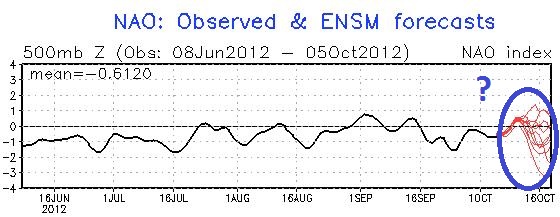

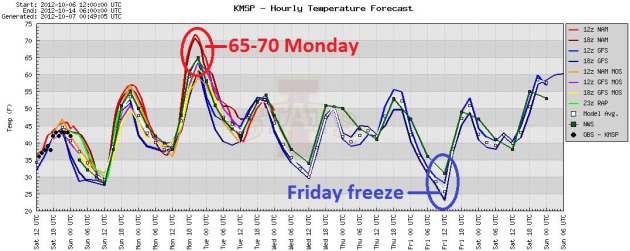


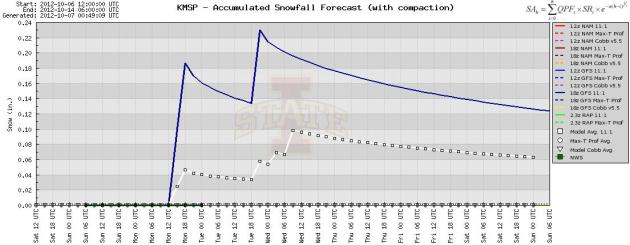
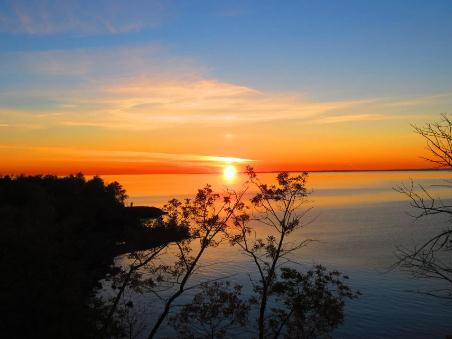

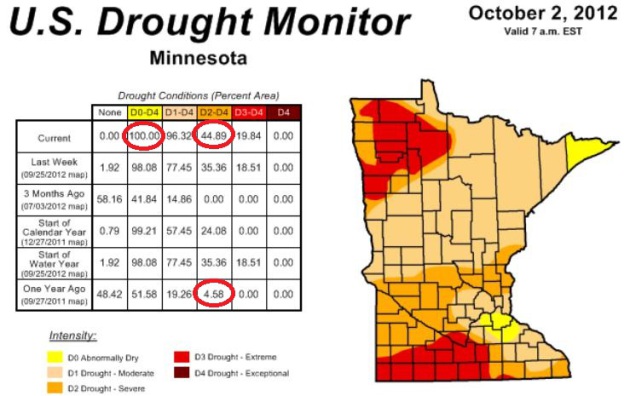
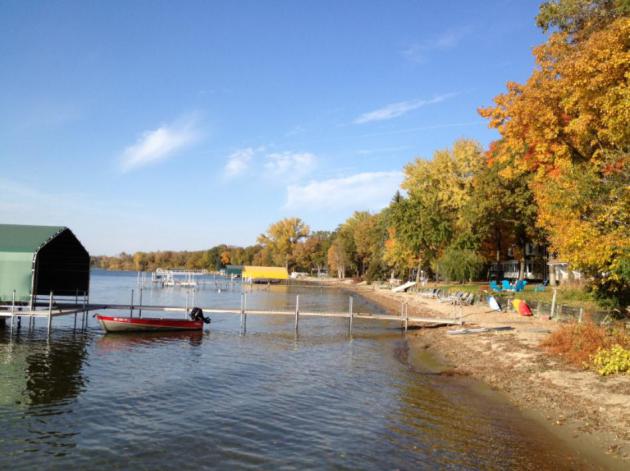

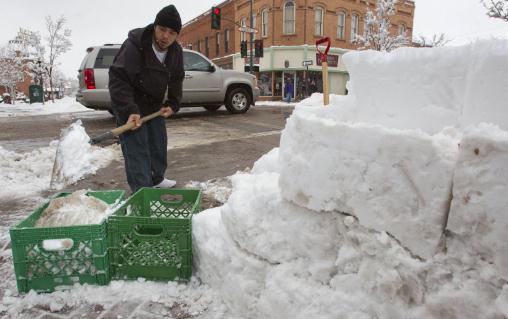
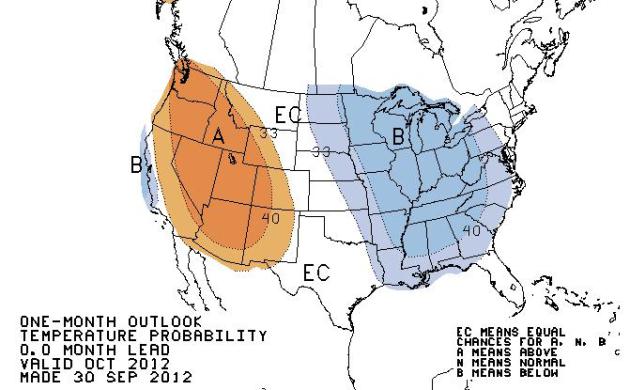

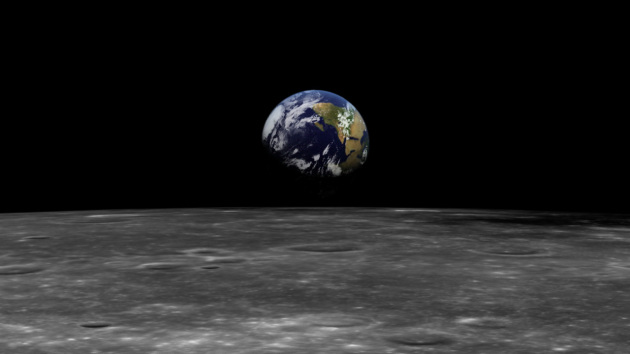

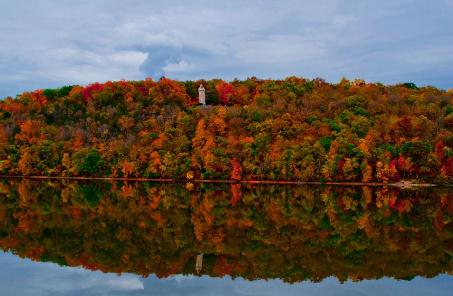

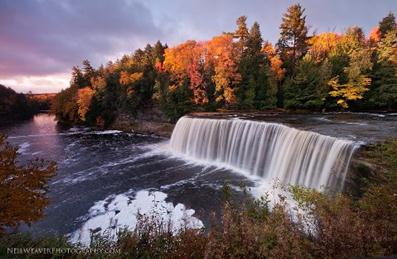






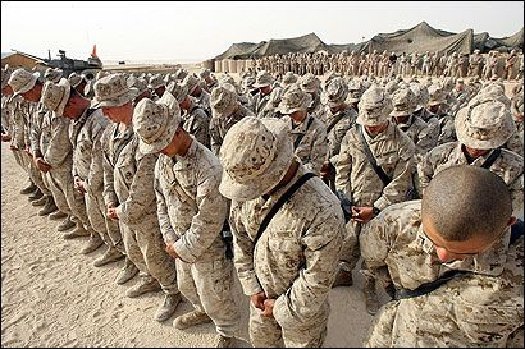


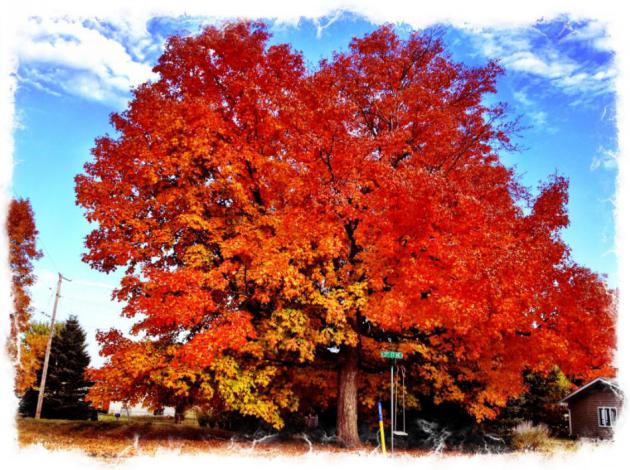


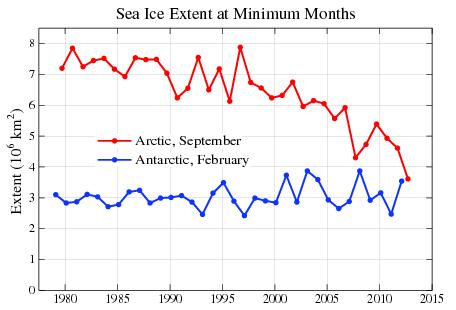


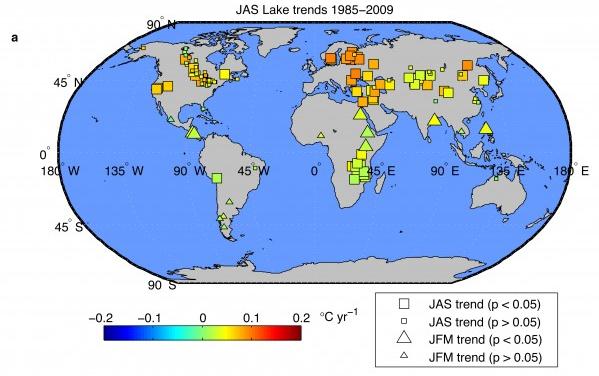
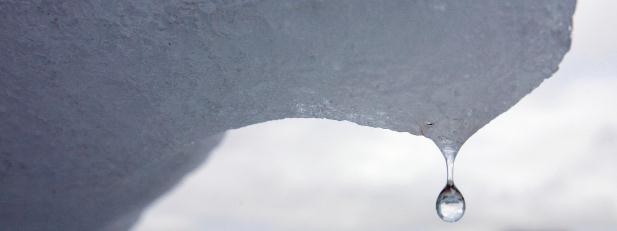
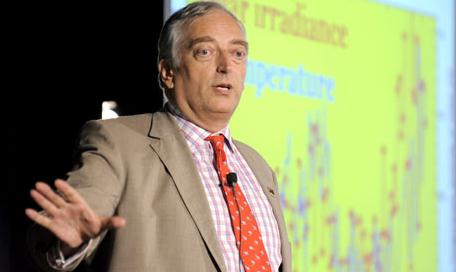

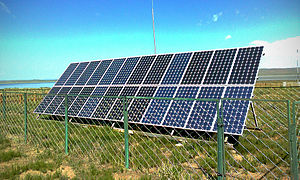
No comments:
Post a Comment